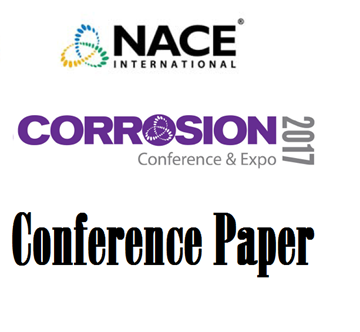Search
Products tagged with 'current'
View as
Sort by
Display
per page
ACVG or DCVG - Does it Matter?
Product Number:
51317--9374-SG
ISBN:
9374 2017 CP
Publication Date:
2017
$20.00
Benchmarking International Cathodic Protection and Alternating Current Mitigation Standards to Determine Suitable Protection Criteria
Product Number:
MECC23-20206-SG
Publication Date:
2023
$20.00


